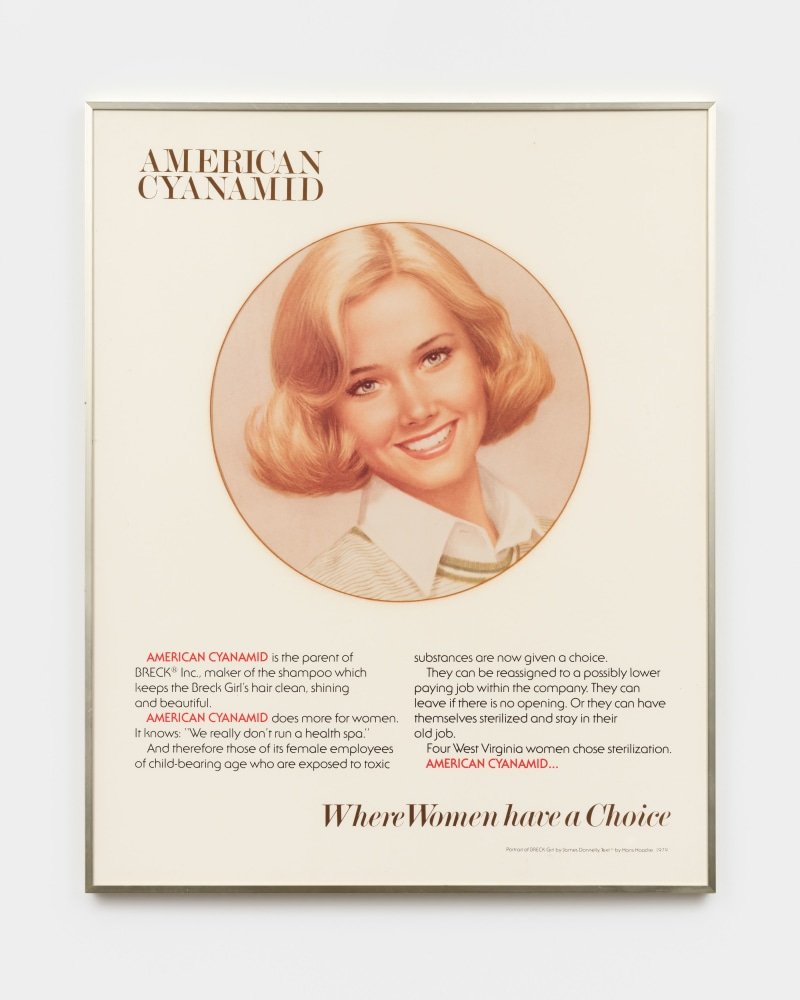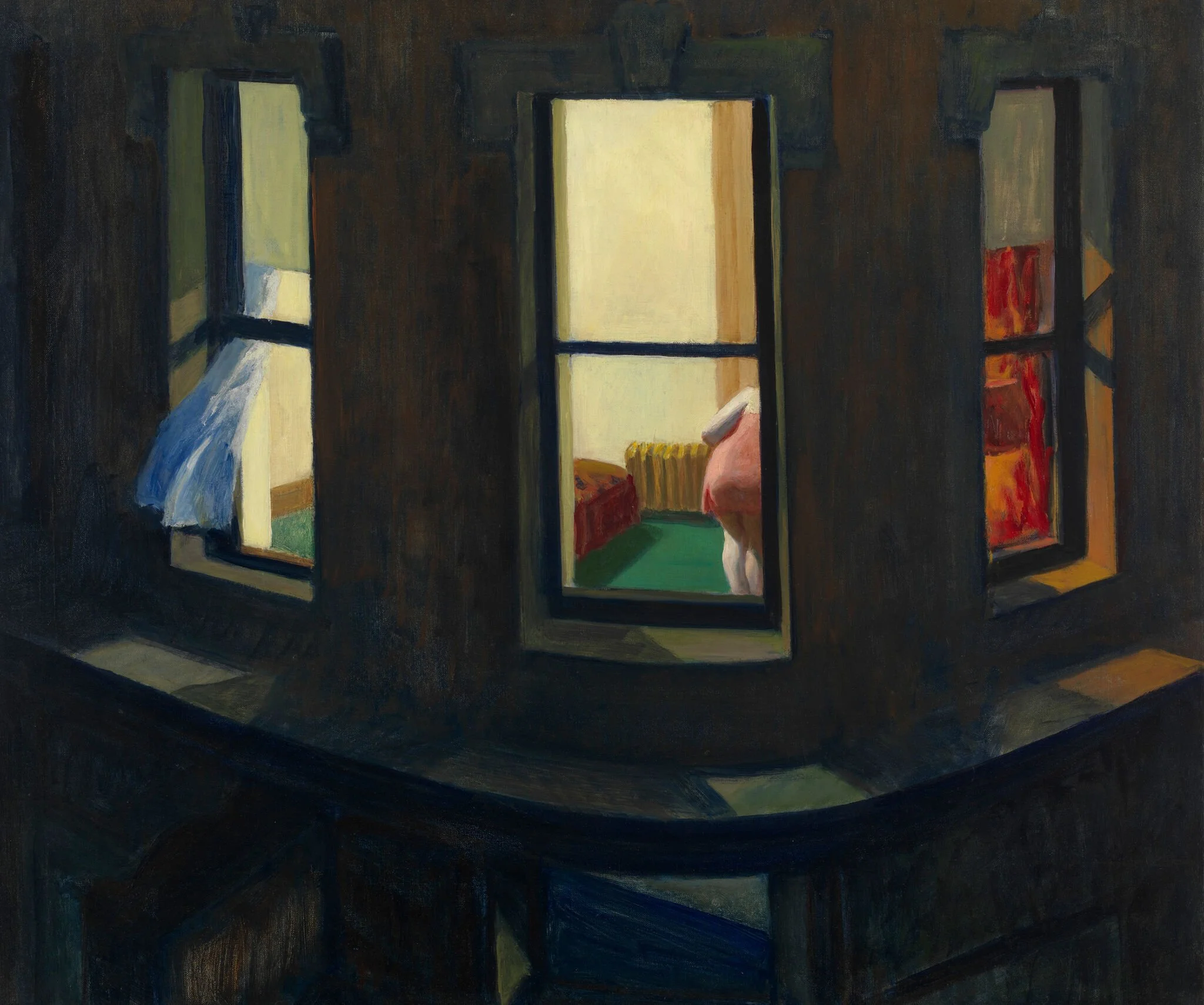Hans Haacke
“Taking Stock, 1975 – 1985”
Paula Cooper Gallery
New York, 534 W 21st Street
An exhibition of works by Hans Haacke from 1975–1985 examines the deeply intertwined networks of politics, capital, and corporate sponsorship in the art world. With a profound commitment to social issues and razor-sharp wit, Haacke critiques bankers, brokers, advertising moguls and oil executives, each of whom have sought to offset contentious financial gains via strategic investment in art institutions. This will be the first Haacke exhibition in New York since his retrospective at the New Museum in 2019-2020, and will include works from the distinguished collection of Gilbert and Lila Silverman, Detroit.
The exhibition will present key historical works, such as Seurat’s “Les Poseuses” (small version), 1888-1975, in which the artist produced a detailed provenance of the small pointillist painting, noting the accretions of value and status it gained with each owner. Also on view is Haacke’s 1983 painting of arch-conservative British Prime Minister Margaret Thatcher, depicted in oil paint and set in a gilt frame. Ceramic plates on the bookshelf behind Thatcher depict Saatchi & Saatchi, the biggest advertising agency in the world at the time and the team behind Thatcher’s successful election campaigns in 1979 and 1983. The painting is titled Taking Stock (unfinished) to indicate that the Saatchi’s role in politics and the art market was ongoing: the following year, Charles Saatchi opened his eponymous gallery, further implicating himself in art’s economic and ideologically driven circuits of distribution; in 1996, Maurice Saatchi was made a Lord in the British government.
Hans Haacke The Right to Life, 1979 color photograph on 3-color silkscreen print, in brass frame under glass 50 1/2 x 40 1/2 in. (128.3 x 102.9 cm)
Corporate art collecting and sponsorship of exhibitions by large corporations developed in the 1970s at a previously unimaginable scale. In 1975, Haacke took Mobil as a case study in a series of works that exposed the cause and effect of their self-insertion into art world narratives. Mobil’s Mixture of Interest, Amusement, Raised Eyebrows, and Concern, 1985, documents Mobil’s response to Haacke’s scrutiny: claiming a copyright violation, Mobil demanded that the Tate, a beneficiary of their sponsorship, cease the distribution of images of Haacke’s work. With characteristic sarcasm, Haacke reproduced the correspondence alongside his “offending materials,” laying bare the antidemocratic dangers of corporate power in the art world.
Adopting the language of corporate life to expose its influence is a favored method of Haacke’s. In On Social Grease, 1975, and Tiffany Cares, 1977–78 Haacke reproduces the musings of Richard Nixon, David Rockefeller, and Walter Hoving in magnesium and silver. Elsewhere, Haacke appropriates the advertising campaigns of influential corporations, manipulating them to reveal company secrets. The Right to Life, 1979, engages both labor and reproductive rights as they relate to the controversial “fetal protection policy” of American Cyanamid, the parent company of Breck shampoo. Overall, the exhibition provides striking evidence of the long and unresolved history of our current debates on such varied issues as reproductive rights, the undue influence of money on democratic processes, or the ethics of art collecting.







